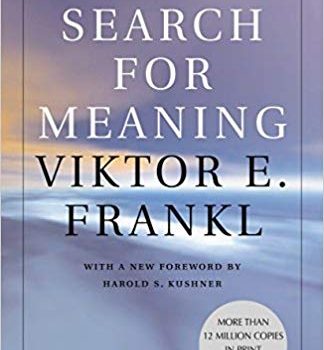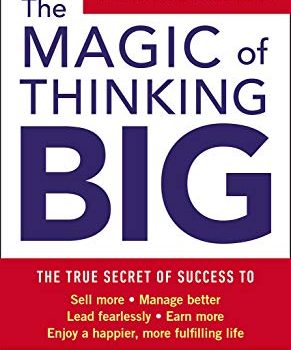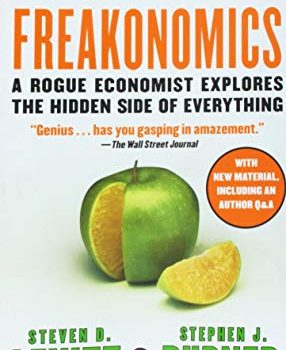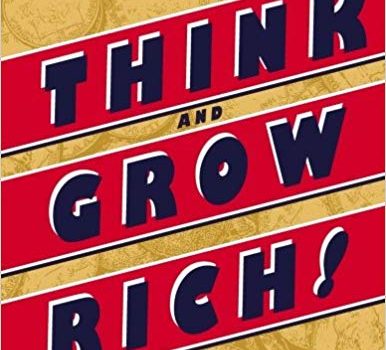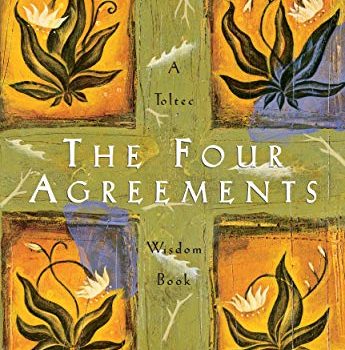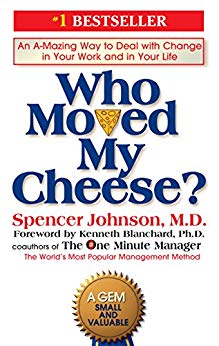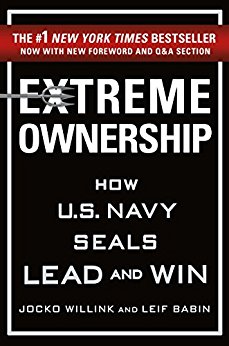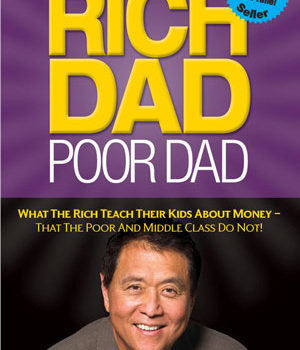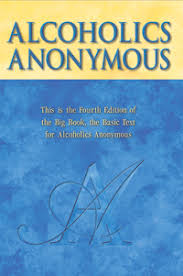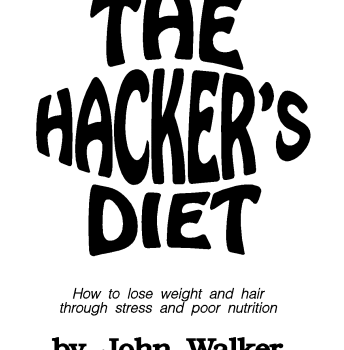Rich Dad, Poor Dad is one of the best-selling financial books in history, selling over 35 million copies since its publication in 1997.
The premise: when growing up, author Robert Kiyosaki had two dads advising him: 1) a Stanford-educated PhD who followed traditional career thinking, was allergic to risk, and was financially illiterate (the Poor Dad, his biological father); 2) a high school dropout who later built a business empire worth many millions and employing thousands (the Rich Dad, his best friend’s father).
The two dads are really a parable for two different approaches to wealth:
- the Poor Dad, mired in tradition, recommends getting a secure job with good benefits, following consensus views on money, and retiring with a pension.
- the Rich Dad recommends amassing assets that make money for you, becoming financially literate, and practicing independent thinking. He sees the common salary-raise-spend cycle as a cruel rat race.
Rich Dad, Poor Dad doesn’t teach the tactics of getting rich as much as it does the principles: the mindset and high-level strategies that distinguish the wealthy from the hapless.
Despite what you’ve heard about the book, and even if you’re financially literate, I still recommend you read through this Rich Dad, Poor Dad summary. Going in, I thought reading this book would be pointless. And while it is incomplete and flawed (more on this later), I came away with a number of useful insights.
In this Rich Dad, Poor Dad summary, learn:
- Why viewing your home as your biggest investment is a terrible idea
- A breakdown of Poor Dad vs Rich Dad thinking
- The common mental blocks to overcome to become wealthy
